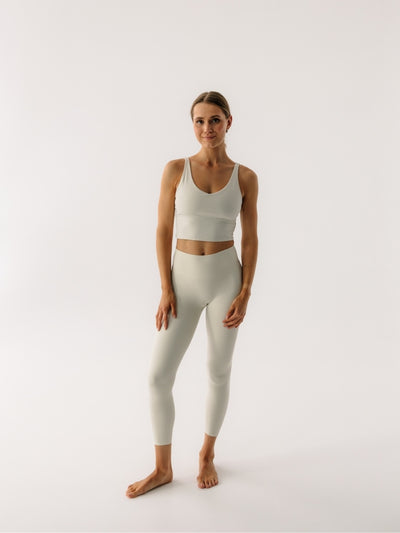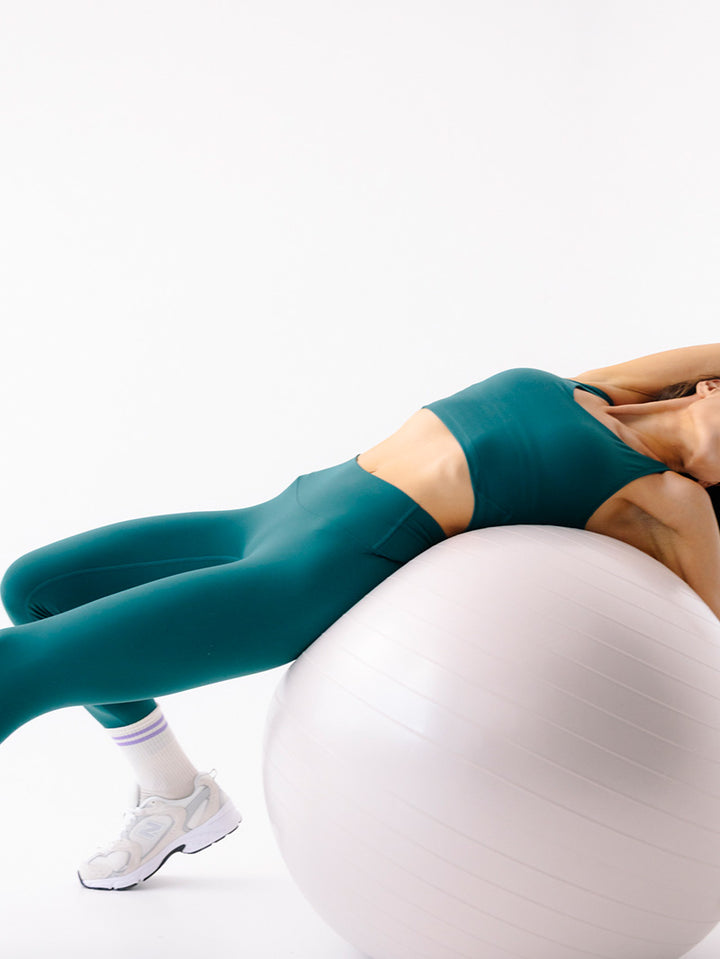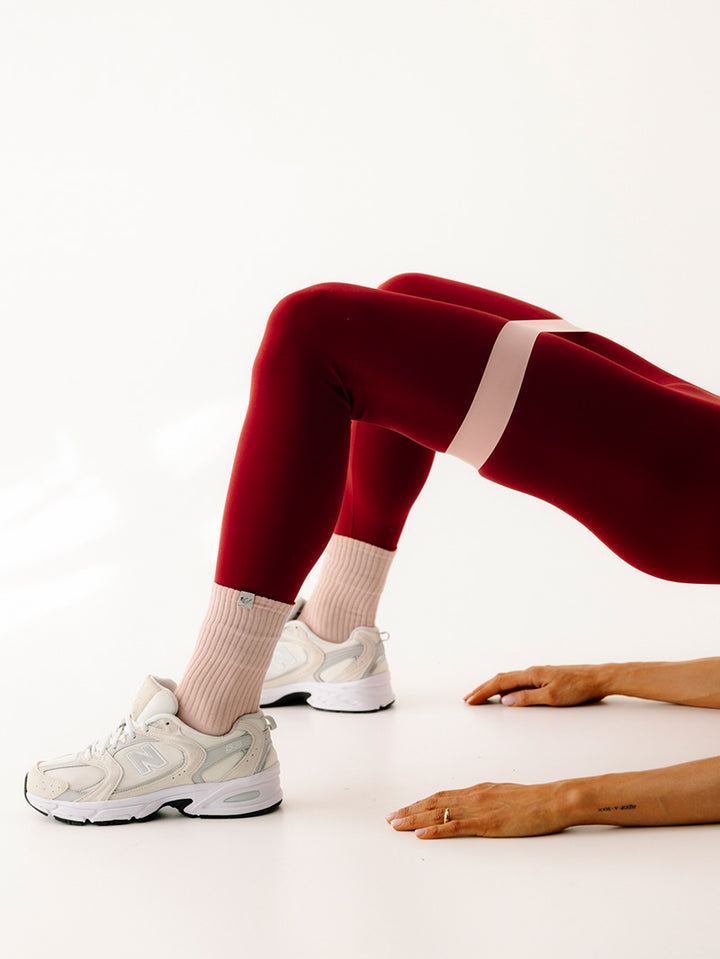Mindfulness – learn more about the method of calming your mind
Are you feeling the effects of long-term stress in your daily life? Learn how mindfulness training can help you cope. The JOYINME – Mindful Collection, a unique clothing line, was created with this practice in mind.

The fast-paced world increasingly evokes within us a longing for harmony and peace. The mindfulness method, which is gaining increasing popularity, can help us find these. The art of conscious living teaches us to find silence, joy, and wisdom in every moment. Join us in discovering an effective method for quieting the mind.
Attacked by thousands of stimuli from both our surroundings and the virtual world, we are forced into constant activity, which leaves us irritable and stressed. How can we find a moment of respite from the daily grind? Mindfulness, which teaches us how to focus our full attention on the present moment, is becoming increasingly popular. This approach, combined with the practice of yoga and meditation, brings a new quality to life.
What is mindfulness?
The definition of mindfulness is simple, yet complex in its simplicity. It's a return to the lost art of doing one thing at a time and fully immersing oneself in that activity—both physically and mentally. One of the most frequently cited definitions of mindfulness is that of Jon Kabat-Zinn, a therapist and founder of the Stress Reduction Clinic at the University of Massachusetts Medical School. He describes mindfulness as a special kind of attention: conscious, nonjudgmental, and focused on the present moment. Through its practice, we develop self-awareness, the ability to observe ourselves, and the nature of our own mind. By focusing on experiencing and accepting the present moment, we eliminate automatic, often negative, reactions to external and internal stimuli. We create a kind of "pause" between experience and emotion, facilitating a more conscious and balanced response.
How can mindfulness help us in everyday life?
Over the past 30 years, mindfulness has been the subject of numerous studies examining its application in treating both mental and physical health problems. The results clearly indicate that mindfulness training can be an effective support in psychotherapy. A specialized version of the MBCT program was developed specifically for this purpose: Mindfulness-Based Cognitive Therapy. Mindfulness also helps manage stress, relapses of depression, and autoimmune diseases, which are often a consequence of long-term feelings of heightened nervous tension. Mindfulness training can be used to address burnout. In these situations, it can help us return to mental balance and rediscover meaning in our work.
In everyday life, mindfulness training becomes a driving force for change within ourselves. Regularly practiced, non-judgmental attention focused on the present moment fosters an accepting attitude toward our experiences. It helps us cope with difficult emotions and painful experiences with a sense of inner stability. This also transforms relationships with those around us, whom we treat with respect and understanding. "It's important to constantly renew our 'amazement at the present moment, which is always unique' and to remind ourselves 'that every moment is fresh and new.' Remembering this is 'a chance that what you know won't prevent you from being open to what you don't know, and of which there is always more,'" notes Agnieszka Guzicka of the Polish Mindfulness Institute.
How to start practicing mindfulness?
The first step to beginning mindfulness practice is ensuring complete comfort and peace. Find a quiet place and make sure you're comfortable and free from distractions. Choosing clothes that are soft and gentle enough to provide complete peace and quiet will also help you achieve this state. The natural, breathable, and pleasant-to-touch materials from the new JOYINME Mindful Collection create a sense of comfort that makes it much easier to focus on yourself.
Sitting comfortably, focus your attention on the natural flow of your breath and your own body. However, don't try to isolate yourself from your surroundings or your thoughts, which will be particularly intense in the initial phase of your training. It's important to listen to the sounds around you, which give you a sense of unity with the world, and also to observe your own thoughts. By focusing on your breath during this time, you will gradually achieve a state in which they float by like clouds: noticeable from a distance, but not triggering any unwanted reactions.
Mindfulness Apps
In recent years, several apps have emerged that can help you start a mindfulness practice in the comfort of your own home. Two in particular, we think, deserve your attention:
Headspace
Co-created by Buddhist monk Andy Puddicombe, this app introduces the practice of meditation and mindfulness in a user-friendly way. Charming animations explain individual mindfulness techniques, and sessions are even available offline.
Stop, Breathe & Think
An app that tailors meditation and mindfulness sessions to the user's individual needs. A short survey analyzes the user's mood and then suggests workouts that can be performed during the commute to school or work, helping to cope with negative thoughts and calm inner anxiety.





















